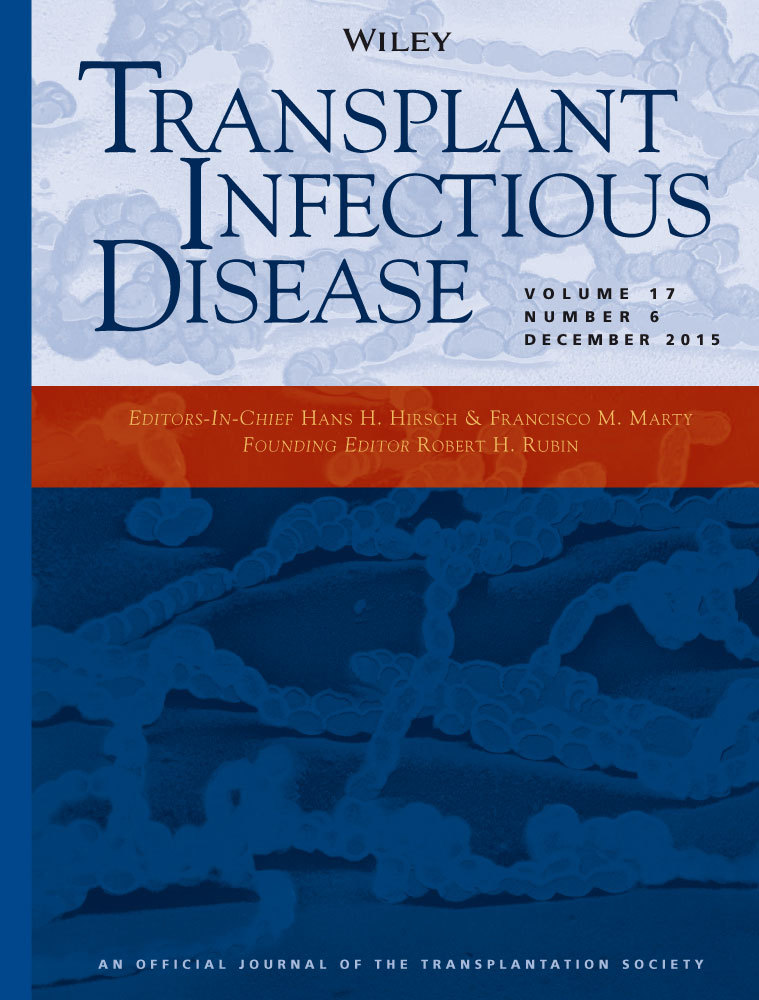Voriconazole-induced periostitis post transplant: an illustrative review of thoracic computed tomography imaging manifestations
Abstract
Voriconazole, first commercially approved in 2002 as a second-generation antifungal agent, is commonly used in the immunocompromised setting as both a therapeutic and prophylactic agent. Since 2009, scattered case reports and small case series have detailed a secondary drug-related hyperfluorosis-induced painful periostitis that can occur in the treated patient population. We present a pictorial review of the thoracic imaging manifestations utilizing 3 illustrative cases in the setting of both solid organ and bone marrow transplantation. Knowledge of the relatively characteristic radiographic appearance and distribution, when coupled with the appropriate clinical context and associated laboratory findings, is important in narrowing an otherwise relatively broad differential diagnosis.




